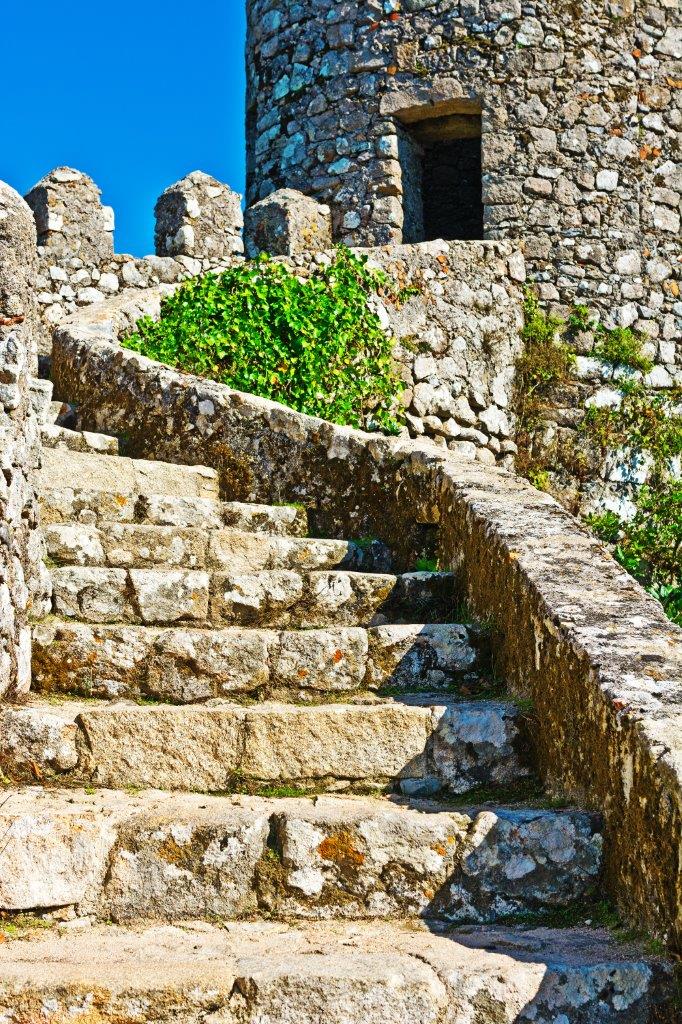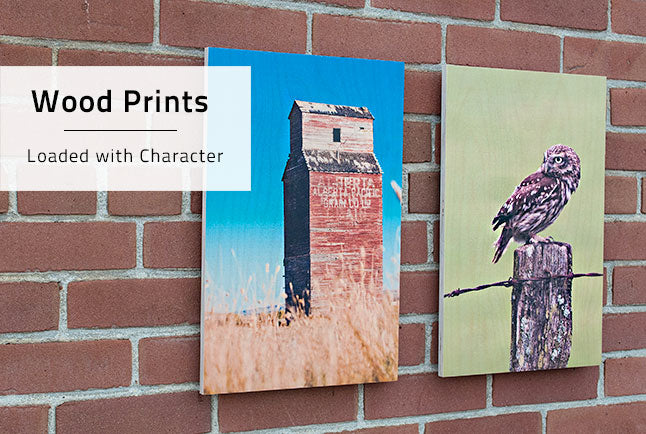In the attempt to capture a great photo, a person will often consider things like lighting or various composition techniques – the rule of thirds, for example. There is, however, one element that is often neglected in photography: texture. Adding texture in your photos can greatly enhance the visual impact. Since images are two-dimensional, including texture in your photography can add a sense of dimension to an otherwise flat photo.
Photographing texture also adds interest to a photo. Soft, hard, smooth, rough … all of these adjectives describe something we can feel, so when it’s successfully photographed in the form of texture, it adds strength to the photo by creating the desire to touch what is seen.
Another benefit of including texture in your photography is, when done correctly, it helps accentuate detail in an image by creating contrast between your subject and the textured background, such as the rough bark of a tree behind the smooth shell of a ladybug.

Example of contrasting textures in photography.
What’s great about texture photography, besides the benefits listed above, is that you don’t need to own an expensive DSLR camera to capture the best textured photos, nor do you need to be a professional photographer. So, how to you successfully include texture in your photographs? Follow these tips and techniques, and practise, practise, practise!
Lighting
Using your digital camera’s built-in flash can cause a photo to look washed out and lack in detail, exactly what you don’t want when trying to photograph texture. Turn your flash off and use as much natural light as possible. Consider photographing in the “golden hours,” just after sunrise and just before sunset. One time when it’s great to ignore the golden hours and get your camera out when the sun is high in the sky is when you want to photograph the texture of a vertical surface, such as a stone or brick wall. The reason this is a great time is because when the sun is at its highest, the light shines directly down on the surface, creating shadows which will help illustrate the texture of your subject.

There are times when it’s beneficial to shoot outside of the golden hours.
Steady Your Camera
For the greatest impact, you want your texture photos to be as crisp and sharp as possible. Use a tripod or other stabilizing technique to help eliminate camera shake, especially if you’re shooting in low light conditions or are using your digital camera’s zoom features.
Really Show the Detail
Fill your frame with your subject by getting as close to it as possible. By filling your frame, you do away with any unwanted or distracting elements that would otherwise pull the viewer’s attention away from your point of interest. Filling your frame will also help to highlight the fine lines, grooves, and other features of the texture you are photographing.

Fill your frame with your subject to eliminate distracting backgrounds.
Use Contrast
As mentioned previously, including textural contrast will help add interest and put emphasis on the detail of a photo, like the softness of a baby’s hand against the callused or deeply wrinkled hand of a parent or grandparent.

Make your photos more interesting by including textural contrast.
Change Your Angle
If you haven’t yet explored the benefits of shooting from different angles, you may be surprised to see how much of a positive impact it can have on your photographs. In regards to photographing texture, altering the angle of your camera slightly can also change the way the light falls on your subject, or, rather, shooting from a different angle can help highlight textures you may have missed from your original point of view. Make an effort to observe your subject from different perspectives to discover its various textures. For example, the underside of a mushroom cap has a completely different texture than the top, something that would be missed if the photographer simply snapped photos from above.

Discover new textures by changing your perspective.
Great Subjects with Texture
This list is far from exhaustive, but should help you get the creative juices flowing. These subjects are often photographed to illustrate texture photography:
- Stone, brick or concrete walls
- Cracks in dried mud or paint
- Rope, yarn, or other fabric and material
- Furry, scaly, or leathery animal skin
- Tree bark or knots and lines in wood

Including texture can really help accentuate the details within a photo and greatly enhance its visual impact.
Enhance the Texture When You Print
You can add even more texture to your photos by choosing a textured medium to print them on, like Wood Prints. Posterjack will print your photos on wood, which, when you can see the natural wood tones and grain, can really add interest to your images.

For an even greater impact, choose a textured medium to print your photos on.
Share Your Favourite Textured Photos
Got a favourite photo that does an excellent job of highlighting the texture? Tell us about it in the comments section below or feel free to share it with us on Facebook or Instagram!



